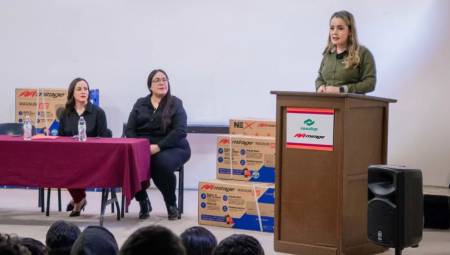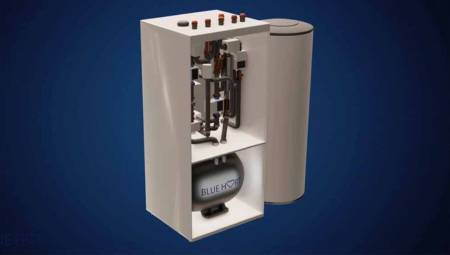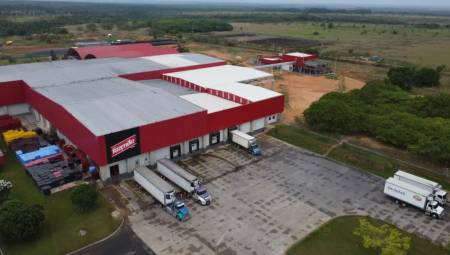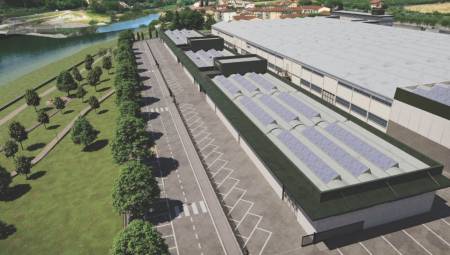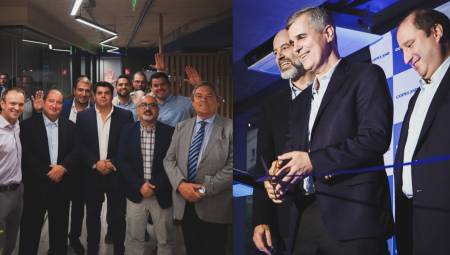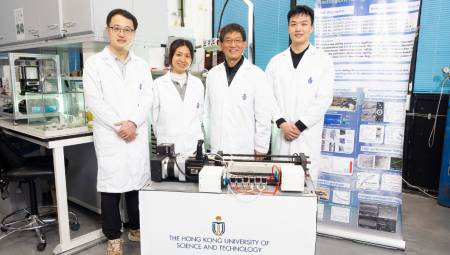 Chile. Use less energy. That is one of the objectives of the project "Optimal integration of solar energy in the planning and operation of urban rail public transport systems", developed by researchers from the Center for Mathematical Modeling (CMM), the Energy Center and the Solar Energy Center of the University of Chile. The initiative also seeks to generate electricity through the installation of solar panels on platforms and urban railway stations.
Chile. Use less energy. That is one of the objectives of the project "Optimal integration of solar energy in the planning and operation of urban rail public transport systems", developed by researchers from the Center for Mathematical Modeling (CMM), the Energy Center and the Solar Energy Center of the University of Chile. The initiative also seeks to generate electricity through the installation of solar panels on platforms and urban railway stations.
To move the trains that circulate through the Santiago Metro network, 2.5 percent of the electricity used by the capital is used. 70 percent of this percentage goes to running the machines and 30 percent to other needs such as air conditioning, lighting, cashier operation, commerce, food and drink vending machines, ATMs and station commerce.
Achieving these advances in energy efficiency was the objective of the project 'Optimal integration of solar energy in the planning and operation of urban rail public transport systems', developed by researchers from the Center for Mathematical Modeling (CMM), the Energy Center and the Solar Energy Center of the University of Chile. The project was financed with contributions from the Fund for the Promotion of Scientific and Technological Development of the National Commission of Science and Technology (Conicyt), the university and the Energy Efficiency Agency (ACEE).
The team, led by Jorge Amaya, developed software that simulates and models the energy expenditure of metro systems and that will be licensed to ACEE so that it can be used by rail transport operators, builders, engineering companies and universities.
The program seeks to improve the planning of operations and the conduction of the urban railway to use less energy, something key given that the greatest consumption occurs when starting and braking the trains. The technology also seeks to contribute to improving passenger comfort through temperature and humidity control.
In a closing seminar of the project, Amaya recalled the beginnings of Osiris, as they called the software. "It was a project that we carried out with the Metro systems of the European Union, where more than 17 partners participated in which the MWC was the only non-European. (…) The consortium sought to save up to 5 percent in energy expenditure in the meters, "said the academic, who also announced that the program is already being installed in Leftraru, the most powerful supercomputer in Chile in charge of the National Laboratory of High Performance Computing housed in the same CMM.
Then, engineer Paula Uribe showed how the software works from a simulation of the movement of trains along a subway line. "Peaks in power or energy consumption are always when accelerating. Reducing them impacts the electricity bill that Metro will pay. Peaks are expensive, so it is desirable that there is none," he said.
Solar energy to improve from the seasons
Carlos Benavides, a researcher at the Energy Center, addressed the possibility of generating energy through the installation of solar panels covering outdoor tracks or Metro stations. This power could be used to power HVAC equipment and other services.
Santiago has the advantage that a large part of the roads that are on the surface are parallel to the mountain range, so they can receive solar radiation for a good part of the day.
According to Benavides, a project involves engineering and architectural challenges to install the panels and even decide the design of future stations. "It is a challenge that could be taken on in the next stages of this project," Amaya concluded.
Source: Universidad de Chile.



